Imperial
The Imperial distillery is right next to Aberlour in the Scottish Speyside. Since the year 2000 the Distillery is closed.
| Information about the Distillery | |
|---|---|
| Scotland, Speyside | |
| -3.302256 57.454744 | |
| Inactive | |
| Pernod Ricard |
| Average tasting notes Tasting notes |
i
|
|
|---|---|---|
|
Nosing
Fruit:
Spices:
Fruit:
Sweet:
Spices:
Sweet:
Sherry:
Sherry:
Peach:
Peach:
Peat Smoke:
Malt:
Herbs:
Alcohol:
Oak:
Herbs:
Alcohol:
Nuts:
Nuts:
Oak:
Malt:
Dark Chocolate:
Heather:
Peat Smoke:
Hay:
Zitrus:
Honey:
Barley:
Tropical Fruit:
Herb:
Almonds:
Grass:
Heather:
Dark Chocolate:
Barley:
Hay:
Pepper:
Honey:
Almonds:
Tropical Fruit:
Herb:
Grass:
Vanilla:
Zitrus:
Vanilla:
Tasting
Fruit:
Sweet:
Spices:
Sweet:
Oak:
Oak:
Nuts:
Pepper:
Banana:
Vanilla:
Apple:
Banana:
Honey:
Pepper:
Oil:
Oil:
Cinnamon:
Vanilla:
Chocolate:
Cinnamon:
Apple:
Green Apple:
Green Apple:
Chocolate:
Honey:
Fruit:
Malt:
Peach:
Caramel:
Malt:
Zitrus:
Caramel:
Peat Smoke:
Peach:
Zitrus:
Herbs:
Spices:
Alcohol:
Wheat:
Barley:
Pear:
Anis:
Mint:
Lemon:
Pineapple:
Alcohol:
Sherry:
Tropical Fruit:
Herbs:
Mint:
Hazelnut:
Grass:
Lime:
Grapefruit:
Nuts:
Lemon:
Grass:
Pear:
Pineapple:
Peat Smoke:
Wheat:
Hazelnut:
Barley:
Tropical Fruit:
Lime:
Grapefruit:
Finish
Sweet:
Sweet:
Zitrus:
Oil:
Nuts:
Zitrus:
Caramel:
Orange:
Chocolate:
Caramel:
Orange:
Chocolate:
Spices:
Oak:
Oak:
Spices:
Malt:
Malt:
Anis:
Oil:
Hay:
Herbs:
Honey:
Vanilla:
Fruit:
Herbs:
Honey:
Hay:
Peat Smoke:
Vanilla:
Fruit:
|
||
The Whisky
The Speyside distillery Imperial was one of the many casualties of the harsh British economy of the 1980s and 1990s. Official bottlings have not been released in many years, partially due to the sporadic production times in the distillery's history. The most recent distillation occurred in 1998, after which the distillery was mothballed, although it has continued to change hands. The only official bottling by the distillery had been a 15 year old in the past decades. There have been a number of independent bottlings by companies like Gordon & MacPhail, Signatory Vintage and Douglas Laing.
The Production
Imperial distillery had a production capacity of 1.6 million litres, and the water used in production was drawn from the Aidach spring, which is located near to the distillery. An interesting aspect of the production at the distillery was that six larch washbacks were used to feed the production. Each had a capacity of 56'500 litres, a fairly intimidating amount. Almost all of the Single Malt produced at Imperial was used in blending - it was a major component in both Teacher's and Ballantine's. Imperial's strong blending tradition continued right up until the distillery closed and was finally torn down.
The Pot Stills
The distillery was powered by four stills; two wash, two spirit. The wash stills had a capacity of 18'500 litres, while the spirit stills had a capacity of 20'500. Both of the stills were pear shaped, with wide, spherical lids, and gradually narrowing necks.
Maltings
During it's operational lifetime, Imperial provided it's own malt. Floor maltings were used at first until 1965, when a Saladin's box was installed at the distillery to malt the barley. A Saladin's Box is a large rectangular container, normally fifty meters or so long, which has a set of vertical screws attached to a crossbar, which slowly moves forwards and backwards through the bed of barley during the day. This allows for air to flow through the barley, drying it. The barely used in the production of Imperial was unpeated, which contributed to the rich, smooth taste.
The Warehouse
Unusually for the time, the buildings, including the dunnage warehouses, were constructed of Aberdeen red brick instead of red brick, and utilized an iron framework, which protected it against fire damage There was a small complex of dunnage warehouses on-site, in which the small selection of the spirit to be used as Single Malt was aged. The distillery used a combination of American oak and Sherry casks in which the spirit was aged. The Sherry casks in particular were used to age the spirit intended to be sold as Single Malt.
History
Imperial Distillery was founded in 1897, the year of Queen Victoria's Diamond Jubilee. The distillery was named in honour of the Royal House. The original kiln even had an enormous royal crest emblazoned on it. Thomas Mackenzie, the distillery's founder, was also a major stakeholder in Talisker and Dailuaine. The buildings were designed by the prominent distillery architect Charles Doig. The distillery launched production the same year, although in 1899, less then 18 months later it was forced to close due to the Pattison Whisky crash. The site remained closed for the next two decades, not re-opening until 1919. The site had been acquired by DCL, but was managed as part of a dual ownership with Dewars and Johnnie Walker in 1916, and when production re-launched, it was under their management. In 1925 the distillery was entirely bought out by DCL, but they decided to cease production again. The distillery lay quiet until 1955, when it was re-opened, this time by SMD. This burst of operation was to be the distillery's penultimate. When it closed it's doors again in 1985, it would only open them one more time, from 1991-1998. In 1998, the distillery was mothballed, and most of the buildings were demolished in 2013. Chivas Brothers built a new distillery on the place which is now called Dalmunach.
Visitor's Centre
None. The majority of the site was demolished in 2013, although the warehouses and railway station still remain.

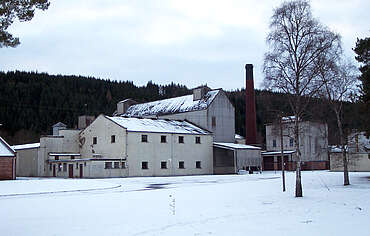
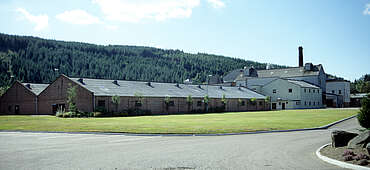
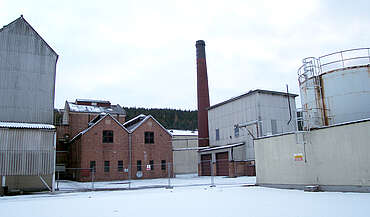

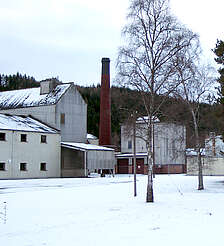
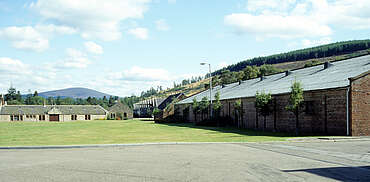
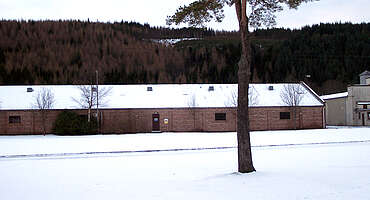
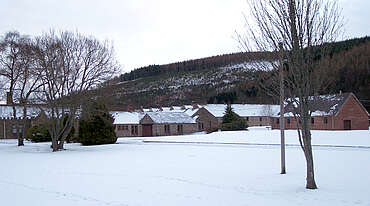
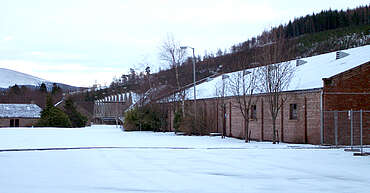

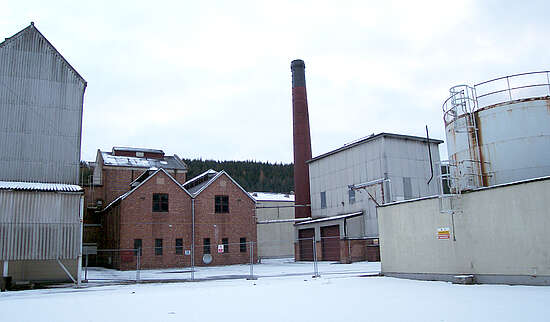
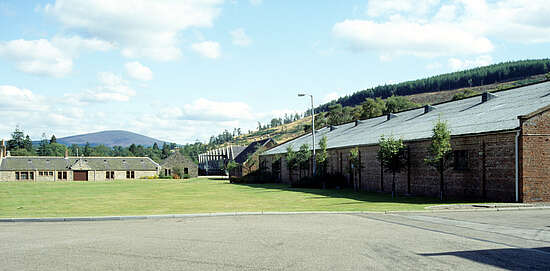



User Notes about the Distillery
Share your experience with other whisky lovers. Write a note about your trip to the Imperial distillery.